Anna Turzynski, Sunny Bank Mills’ new Arts Director – interview & event review
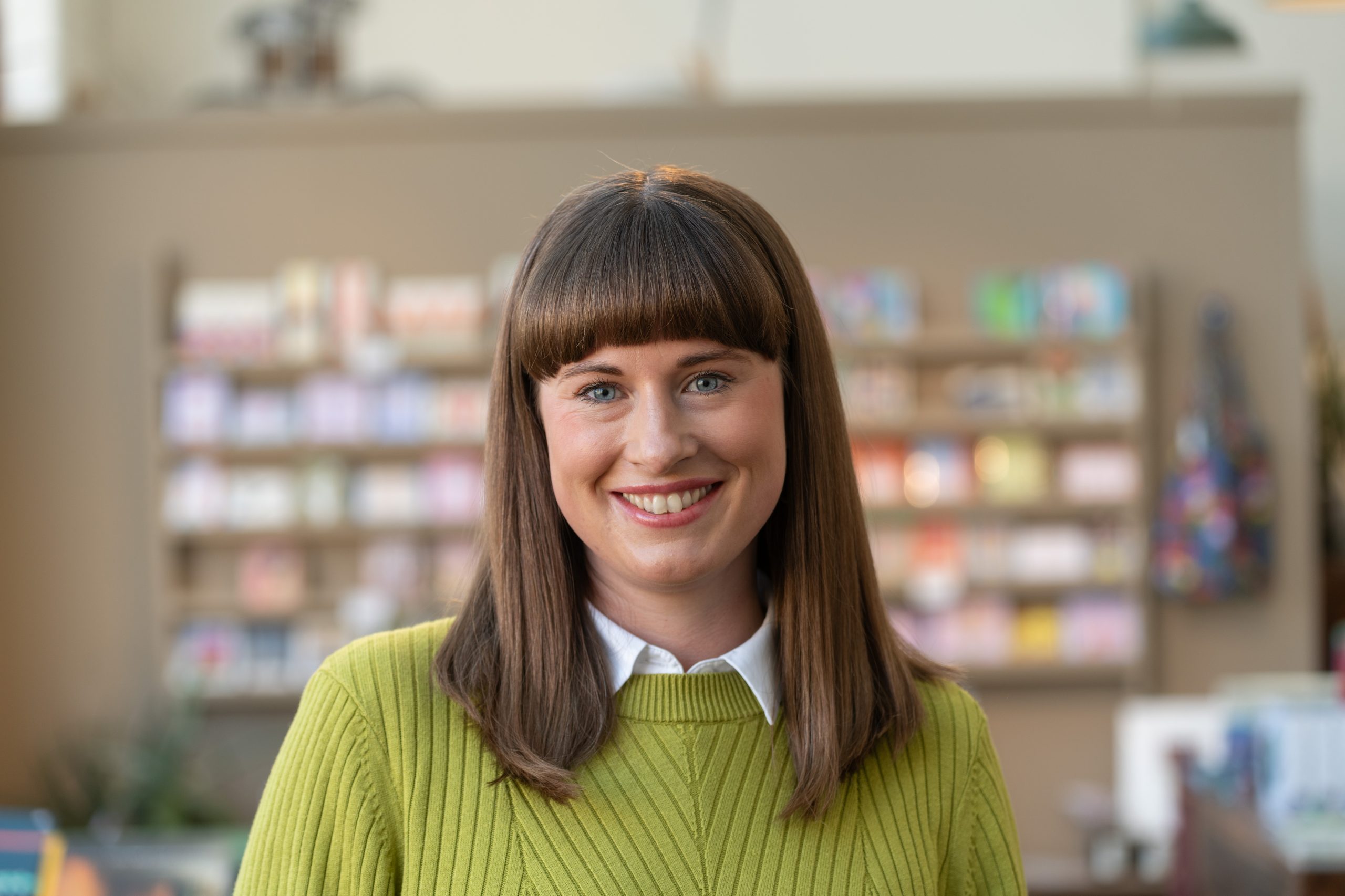
Images sourced from Sunny Bank Mills
The village of Farsley is a neighbourhood highlight in Leeds. Microbreweries, characterful cafes and bars. And one of the best creative spots in the city, stored in an old textiles mill: Sunny Bank Mills.
Since 2010, a regeneration project has transformed the industrial space into a gallery and arts hub that is celebrated right across Yorkshire. Today it boasts offices, art studios, a venue and retail spaces in addition to its exhibition areas. Earlier this year, it took another step on its development journey by hiring a new Arts Director. Anna Turzynski joined the team in February, signalling their intent to maximise the site’s potential, expand their programme and build on their already strong reputation in the contemporary arts world. TSOTA caught up with Anna, finding out what her appointment might mean for the venue and the wider community it serves.
Originally from Brighton, Anna studied performing arts at Leeds, where she fell in love with the city’s DIY spirit. After completing an internship with Compass Live Art, who specialise in socially engaged arts, she pursued a role as a producer. Anna observed Compass’ approach of asking “how do we interact with people where they already are”, and has carried that into her role at SBM.
“We’re on a high street in Farsley – you couldn’t get any closer to our audience,” says Anna, who wants the immediate community to play a key role in the venue’s direction. Responding to the SBM audience is crucial to their strategy, made easier by the fact the “people really care about what’s happening here… they’d debate with the SBM team about their programming choices – the audience care, the audience gets it.”

Audience interest on this level is priceless for any organisation, and can help SBM shift the perception that it’s mostly a nice space to sit for a coffee surrounded by art (though to be fair, it is unmatched in that regard). Anna and the team want it to be about “community action and activism,” with a role as “a community hub – a convener of people and conversations”, which will play into the programming plans.
The legacy of this space, which is so integrated in the neighbourhood, is another thing Anna takes inspiration from. “People have been working, making and creating for hundreds of years here”, says Anna, referencing SBM’s success as a ‘spinning and weaving’ company in the 19th and 20th century. “It’s about sustaining that – creating opportunities for people from Farsley, from across the region, to see it as a place of creation.”
It’s been a long time since the Mills were the cornerstone of Farsley’s production; to build a space for people to still come and create things, especially artists, relies on it remaining accessible. “We have a commitment to affordable studio space, affordable exhibiting space, and appreciation of contemporary art,” explains Anna. Fully unlocking the potential of the 10 acres of space they’re blessed with can help them make it more than a gallery, available to even more people – “we need it to be seen as a site: a destination that people can come to and explore in different ways”, with plans for free installations, workshops and sculpture trails in the next year to attract visitors.
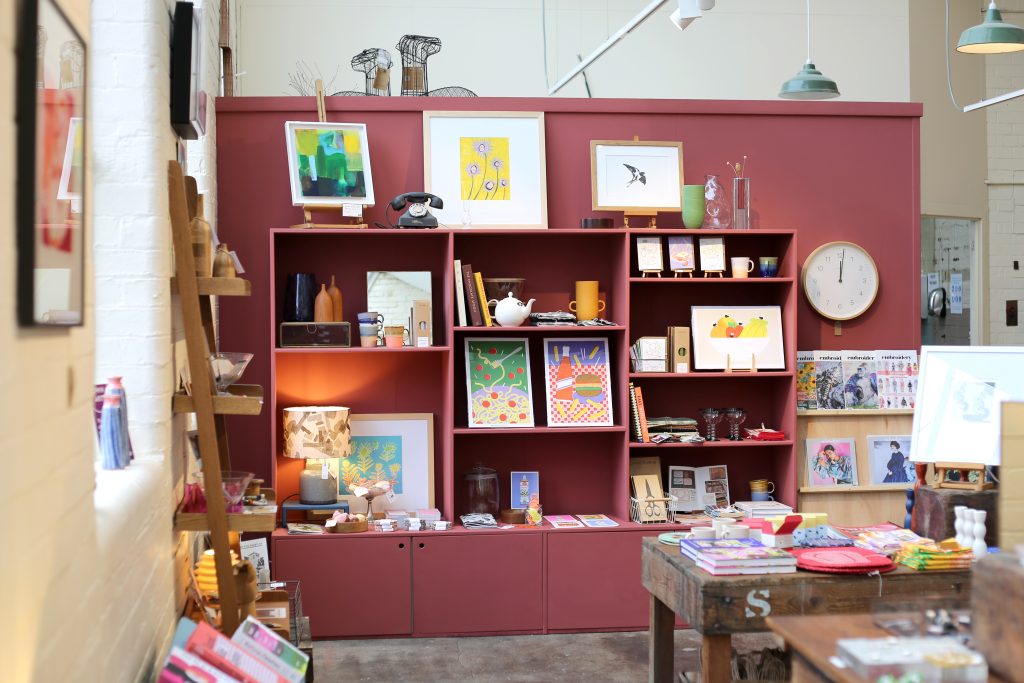
SBM is not subsidised or supported by funding – it exists on its retail and business income. “It’s a bleak time for visual arts in the city. I don’t think the subsidised model can continue as it has done,” says Anna. “So I’m interested in finding a new model that enables us to provide high quality, accessible culture for people, that we can bottle and share with the sector.”
Big plans for the space itself, with potentially powerful outcomes for other Leeds spaces when it succeeds.
And what drives the programming plans?
Anna is not from a strict visual arts background, but more multi-disciplinary, and thinks more like a customer: “I’m able to have fun and think of myself as a consumer of art, and what I’d want to see, and I’m being led by that.” Having worked on Leeds’ Year of Culture, her “events background is going to be really important when [they] start animating the rest of the Mills.” Over the next year, they will host a photography exhibition about working class histories, collaborate with artists from the Netherlands on a textile project, and develop a new sculpture project.

Exemplifying Anna’s vision is the latest exhibition at the Mills, “Don’t Play With Your Food.” The idea to programme it was sparked by the audience, “born out of conversations with people about milk anxiety”, which grew into the bigger concept that ‘s led to the final concept witnessed today.
The exhibition, launched on 6th July, highlights simple ingredients, transforming them into art pieces. It features contributions from various artists, chefs, and craftspeople who celebrate playful, whimsical aspects of food in paintings, sculpture and textile works, displayed around the SBM gallery space.
The exhibition features “Edible Playground”, a supper club event which took place on Friday 12th July offering a strange and successful take on the dining experience. Created by artist and chef Helen Russell Brown, and co-created with Talita Perfect of culinary studio Imaginaria, it invites visitors to reimagine their relationship with food. The gallery hosts a communal dining table, decorated with crafted bits of food presented in a “sculptural tablescape”, from root vegetable jenga to garlic butter lego bricks.

The event certainly makes you conscious about food – not the contents, but the way it’s presented, the way it’s consumed. The inclusion of unedited bagels shows their intrinsic weirdness and fun. Seeing people work out how to serve a sandcastle, or asking permission before using their fingers like knives to spread whacky condiments on the artwork before eating it, is entertaining and thought-provoking. If ever you needed proof we’d moved on from the pandemic, it was this event.

Ultimately it is about fun. The icebreaker of playing with food makes for a relaxed setting between strangers and reminds us that a meal, throughout history, has not been about aesthetics or calories. Like art it is a core social instrument – a reason to talk to people, a reason to smile, an adhesive for fractured times. The working class forefathers that occupied the Mills back in its early days relied on their meals for simple communion and sustenance – this Supper Club makes you wonder when, how and why we changed it so much.
With more events like this in the pipeline from Anna and the team, suffice to say that Sunny Bank Mills has never been in safer, more condiment-covered hands.
***
The “Don’t Play With Your Food” exhibition runs from July 6th to September 1st.
Filed under: Art
Tagged with: art, contemporary art, Farsley, leeds, Leeds art, sculpture, Sunny Bank MIlls, textiles, visual art
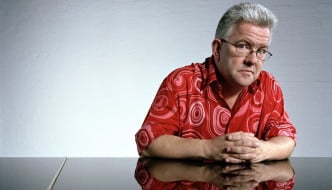
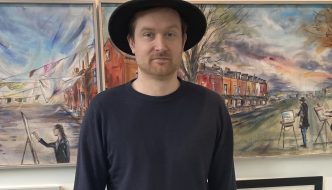
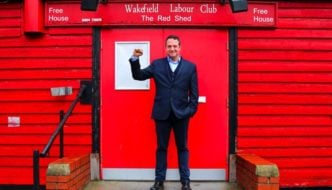
Comments